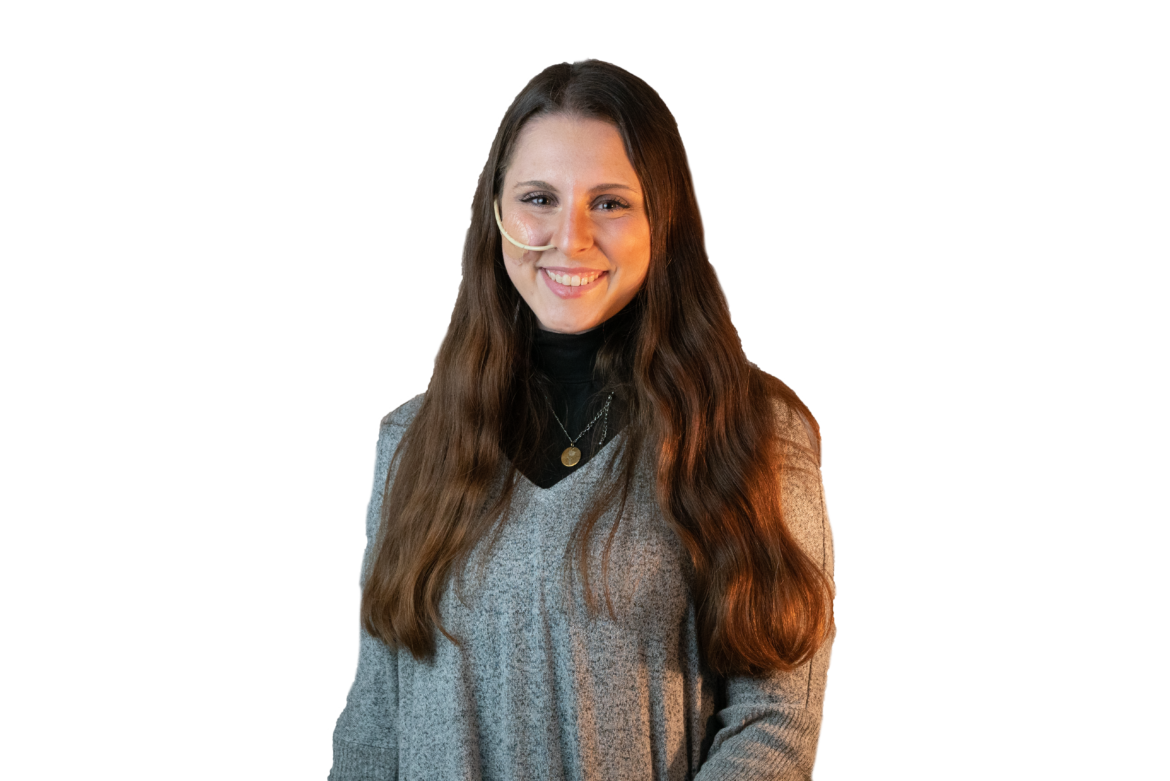Written by Miranda Kiffmeyer
We all understand the struggle of circling the parking lot looking for somewhere to park our vehicle, but have you ever struggled to enter a building or room? You might have a grandparent or family member with mobility needs, but did you know we have students and faculty at Harding whose mobility needs aren’t being met?
The ADA, or Americans with Disabilities Act, is a civil rights law that prohibits discrimination and promotes accessibility. According to the ADA, for every 25 normal parking spots, there needs to be at least one accessible parking space. These spots “must be located in the shortest accessible route to an accessible entrance.”
As we all know, with all of the construction on campus, even regular parking spots are rather sparse, let alone accessible spots. Handicapped parking spots are there for people who have physical disabilities and who have a handicapped hang tag, handicapped plates or a special Harding handicapped parking sticker. More often than not these spots are occupied by people who do not have these hang tags, plates or stickers. These spots are quite popular for able-bodied people to drop off or pick up their dates, reducing the very limited amount of accessible parking spots to almost zero.
It’s interesting that students get heavy repercussions for parking in the red faculty spots and little to no consequences for parking in the handicapped spots. There are quite a few individuals on campus who these parking spots are beneficial for. There are hardly enough accessible parking spots for the students, faculty and staff that need them, not considering alumni and guests that need those spots, as well. Many of the manual doors on campus do not work, and many popular locations on campus do not have them. Manual doors are quite helpful, especially for those using mobility aids. In some locations where there are manual doors, they are turned off because “there aren’t any disabled students here.”
The Hammond Student Center is a very popular location for students to congregate, but the ramps inside are inconvenient and hard to navigate. Even the outside ramps are incredibly steep, and the texture of the sidewalk would quickly tear up the wheels of a walker or wheelchair.
Classrooms can be hard to navigate, as well. There have been multiple instances where I have struggled to enter a classroom with my mobility aid because there are so many tables and chairs jam-packed for the maximum number of students. Even many of our dorms are not accessible. But much of this inaccessibility isn’t seen by those who do not have that need.
It is important to listen to people with disabilities to learn how to best support them and what you can do to make the world more accessible. I often say, “I’m not the first, and I’m definitely not the last disabled student to come through this University, and if there’s something I can do to make things easier for the future generations of disabled students, I’m going to do it.”
To hear more about my story and learn more about what it’s like living with a disability and chronic illness, disabled communities and ways to support, check out my health Instagram account @medically_m.
